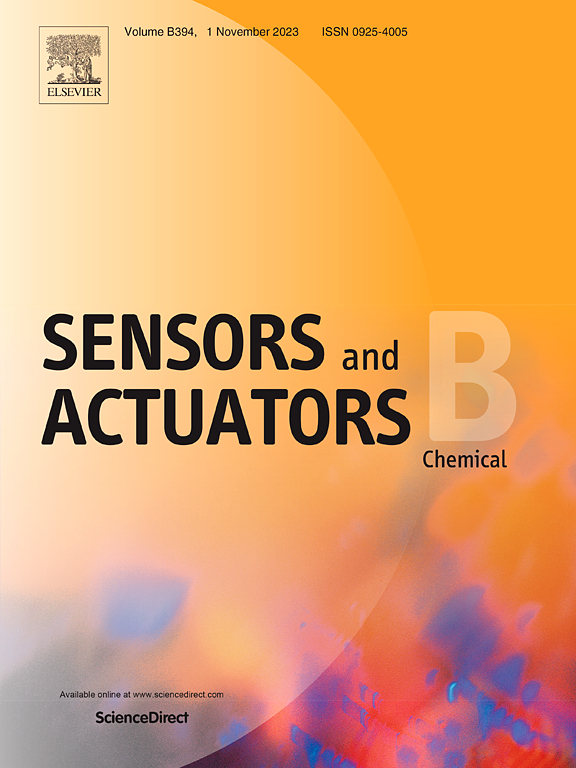New label-free serum exosomes detection method based on hierarchical SERS substrate for diagnosis of pancreatic cancer using AI
IF 8
1区 化学
Q1 CHEMISTRY, ANALYTICAL
引用次数: 0
Abstract
Early diagnosis significantly enhances the 5-year survival rate of pancreatic cancer (PaC) patients. Obtaining information on molecular phenotypic changes in exosomes provides prospects for early non-invasive diagnosis of PaC. Unfortunately, current detection modes are time-consuming and still not sensitive enough, so methods that can directly obtain exosome information in complex biological fluids are urgently needed. In this study, we developed a new method for early diagnosis of PaC by obtaining a spectral set of serum exosomes on a hierarchical surface-enhanced Raman scattering (SERS) substrate. Then these spectra were analyzed with artificial intelligence (AI). Specifically, we designed a micro-lens array/silver nanowires/silver nanoparticles hierarchical SERS substrate (MLA/AgNWs/AgNPs H-SERS substrate) that exhibited a minimum detection concentration of 10−9 M and a minimum relative standard deviation of 7.68 %. The performance of the substrate increased the strength and stability of exosome biological information acquisition. Furthermore, through the spectral analysis of exosome from 149 serum samples using AI, we performed PaCs diagnosis with an area under the receiver operating curve (AUROC) of 0.96 and successfully classified 24 cases of early PaCs. Moreover, the maximum diagnostic positive rate of 161 cases of non-pancreatic cancer was 4.44 %, supporting the fact that the model was specific. This label-free Raman spectral analysis can potentially be extended to identify multiple cancers, offering a non-invasive diagnostic approach for clinic.
求助全文
约1分钟内获得全文
求助全文
来源期刊

Sensors and Actuators B: Chemical
工程技术-电化学
CiteScore
14.60
自引率
11.90%
发文量
1776
审稿时长
3.2 months
期刊介绍:
Sensors & Actuators, B: Chemical is an international journal focused on the research and development of chemical transducers. It covers chemical sensors and biosensors, chemical actuators, and analytical microsystems. The journal is interdisciplinary, aiming to publish original works showcasing substantial advancements beyond the current state of the art in these fields, with practical applicability to solving meaningful analytical problems. Review articles are accepted by invitation from an Editor of the journal.
 求助内容:
求助内容: 应助结果提醒方式:
应助结果提醒方式:


